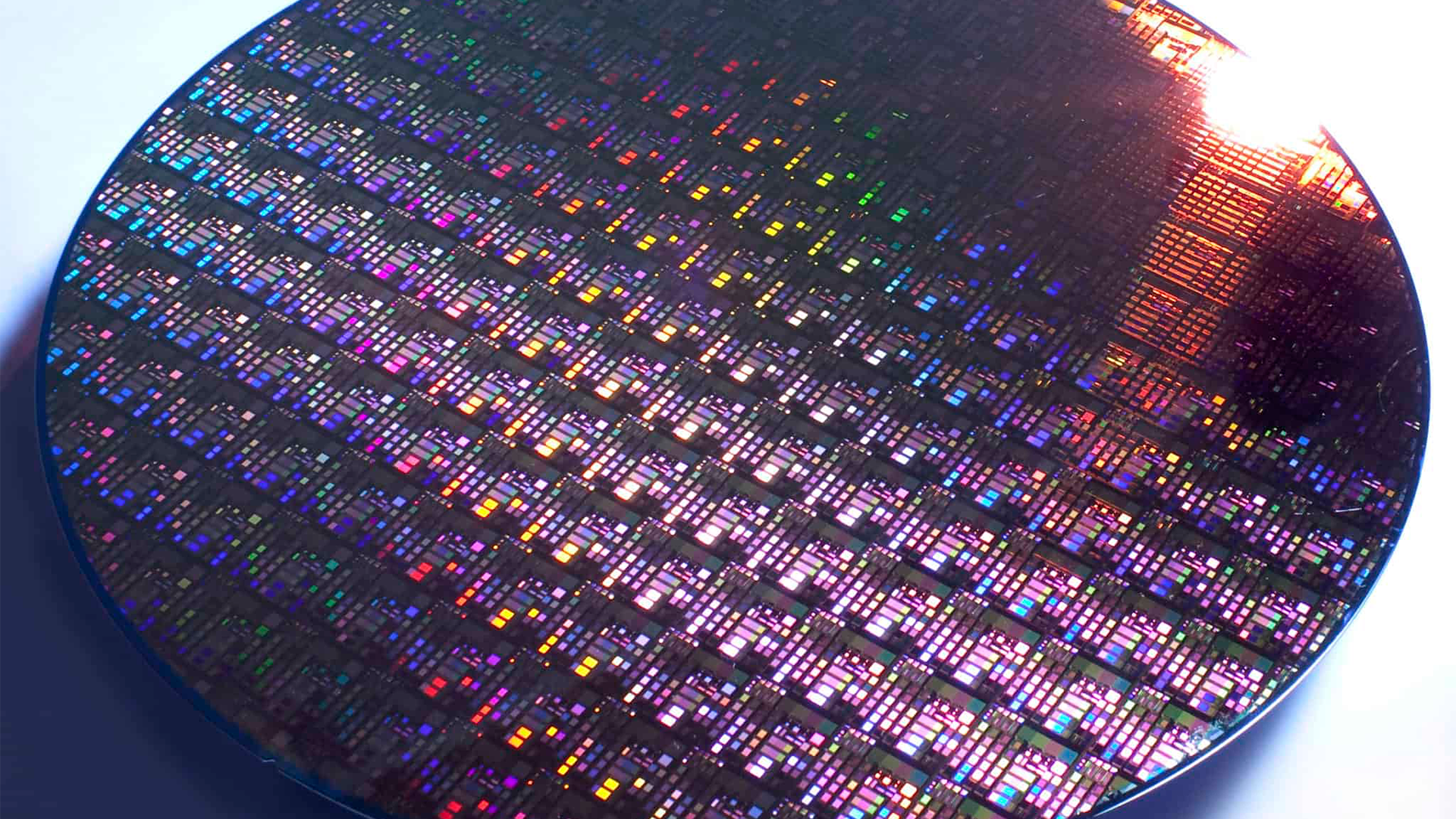
The U.S. Department of Commerce issued two notices of intent today concerning the distribution of the $11 billion R&D money from the CHIPS Act. $300 million is to be made available across multiple awards of up to $100 million (not including voluntary co-investment) for research on advanced packaging, while another $200 million or more is set aside to create the CHIPS Manufacturing USA Institute. Companies will have to compete for the funds by filing an application.
Although the CHIPS Act has $52 billion of funding behind it, it's largely divided into two categories: $39 billion goes directly towards fab construction, while the remaining $11 billion is to be spent on R&D. The two notices of intent take at least a combined $500 million out of the $11 billion R&D budget. That's just 4% of the R&D funds and just under 1% of all CHIPS Act funding, though those values could go up as the $200 million for the CHIPS Manufacturing USA Institute is a minimum amount.
To be clear, a notice of intent isn't legally binding and is simply a declaration that the Department of Commerce plans to make the funds available. According to the notices, the competitions will be announced via a notice of funding opportunity; the competition for the advanced packaging awards will be announced by March, while the CHIPS Manufacturing USA Institute competition will happen in the first half of the year.
We spoke to a policy expert from the Department of Commerce, who explained that these notices, though not a legal commitment, exist to give potential applicants time to prepare to apply. This is especially important for the CHIPS Manufacturing USA Institute competition, which envisions partnerships applying instead of individual organizations. These partnerships won't just include private corporations but also academic institutions, federal labs, and local- to state-level government per the notice of intent. That's consistent with other Manufacturing USA institutions, so there are no big surprises.
Interestingly, the CHIPS Act permitted the creation of up to three Manufacturing USA institutes, but just one will be founded. According to the policy expert, funding is a key motivation for focusing on a single institute. Normally, $75 million goes into creating a Manufacturing USA institution, but with $200 million set aside for this part of the CHIPS Act, one single institute can be backed by a much higher budget than normal. Additionally, the sole CHIPS Manufacturing USA Institute can enjoy the advantages of centralization, making its semiconductor simulation models much better.
Unfortunately, we couldn't get clear details on the companies and organizations who might win the funds from either the $300 million in packaging or the $200 million for the CHIPS Manufacturing USA Institute. It is too early to tell, especially as the application window isn't yet open.
The Commerce policy expert implied that 2024 would see many more of these sorts of announcements.







